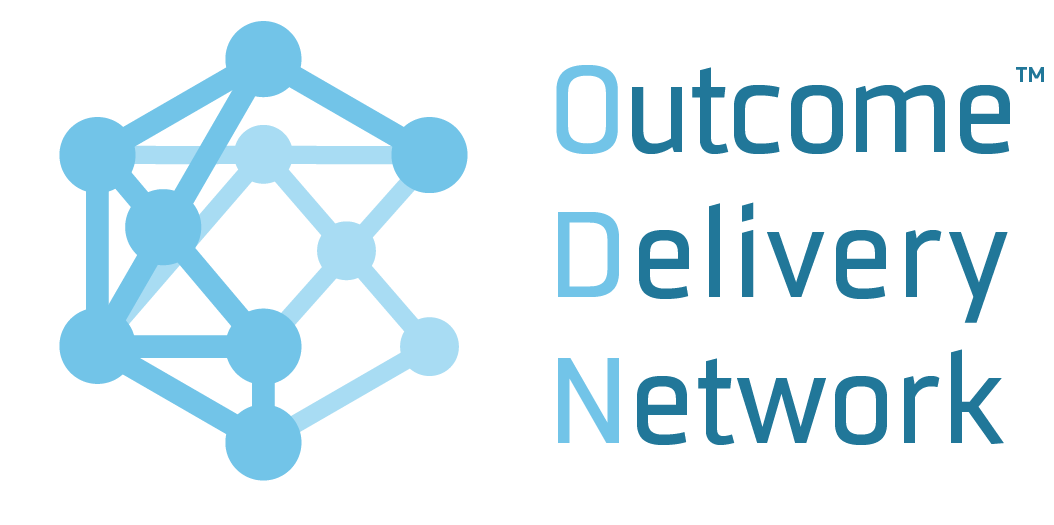SAFE CHANGE IS NOT TOO GOOD TO BE TRUE
I suggest that if you find you have been thrust into the lead in your organisation it is because people expect that you have an idea of where to go next, yes? And how to make desired change happen?
They are all looking at you. So how are you going to do it? Are you going to outsource it to a change programme expert and cross your fingers they deliver the goods? Or are you, because you are the leader, going to manage to make it all happen yourself?
It looks like Hobson’s choice. The first option means you have to rely on someone else. But the track record of change programme ‘experts’ at delivery is not exactly unblemished. The second option means that you have to be a change management expert and take responsibility for success or failure.
Or does it? I take it that you do possess a great deal of common sense. Consequently, I assume that when it comes to being a leader making a change you don’t set out until you:
- Have described in very tangible language exactly where you are going and how you will know when everyone has got there.
- Planned backwards from your deadline, just as you would when setting out to catch a plane or a train.
- Figured – literally ‘figured’ - out whether getting there will be worthwhile, in cash terms as well as outcomes achieved.
- Know how you will set things up so that everyone – not just you - is harnessed into making it happen.
To do otherwise surely runs against all common sense: setting off into a vague aspirational future without clear idea of what ‘done’ will look like; planning forwards so that the next few weeks are dense with detail whilst the future is full of an explosion of uncertainty; having detailed knowledge of costs but next to nothing of cashable benefit values; and separating business as usual from change (business as usual will always trump change if they are divided). Yet that is exactly what traditional change programme ‘good’ practise normally does.
No-one is being wilfully stupid here. It is just that applied common sense is so rare that methods to do it are, in the present environment, seen as innovative! Assured Outcome Delivery (AOD) is one such fresh-thinking method. If you are thinking “Oh no, not another new method!” relax. It’s just bottled common sense, a lot of which, as we have agreed, you already have.
Becoming familiar with AOD is just a process of reviewing what you already do and surfacing the common sense from it. Look at items 1-4 again. How hard are they? All you need are some tricks that, once you have picked them up, become obvious. The method just provides the framework, the techniques and the procedures to make the common sense shareable and reusable.
The only challenge – but it is a big one - is choosing to drop old bad habits which have been drilled in by years of sub-optimal practises: exciting but vague “mission statements”; prematurely chosen ‘solutions’; toxic number targets; a fixation on costs and spend; forecast planning; creation of programmes detached from the businesses; buck-passing and “handovers.” It’s a relief though, believe me, to slough them off.
Innovative as AOD is, it is not new or untried. It rests on R&D that started in 1989 and successful case histories that date back to 2002. Indeed, the techniques in it were developed before any ‘method’ was documented. They emerged from the application of the original thinking to real projects and programmes in real organisations, both private and public sector. So in one sense it’s established and safe and in another it’s new and innovative. It’s not magic. It’s just common sense in a bottle.
